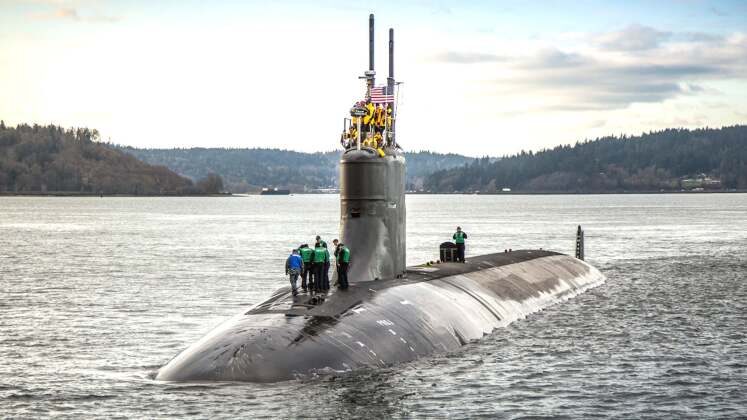A Command Investigation is expected to be completed in December, but the USS Connecticut's accident is likely to stress America's submarine industry and defence budget. Reports from the U.S. Naval Institute indicate that damage has been serious, raising questions regarding whether the ship will be repaired or whether it will be more cost effective to retire the damaged ship - much as the Wasp Class carrier, USS Bonhomme Richard, was slated for scrapping after a fire onboard in 2020 due to the high costs of repairs.
Comment: Either the US has just had a bad run of luck or, more likely, these faults, accidents and failures expose the much graver issue of the overwhelming corruption within the US establishment resulting in these rather predictable outcomes: "Astonishing fraud": Pentagon stashes billions, spends it later to avoid accountability
The fact that Seawolf Class submarines are no longer in production, and none are being retired meaning there are no available spare parts to be cannibalised, means repairs may not be viable as they would for a more widely used ship class. A thicker hull built with harder steel, which was seen as a cheaper alternative to titanium which Russian ships used, makes the exterior of the ship even more difficult to replace. Questions have thus been raised regarding whether the ship, even if repaired and returned to service, would ever have capabilities comparable to a newly built Seawolf Class ship particularly pertaining to its stealth design. This will likely affect the decision on whether to scrap or restore the ship in favour of the former option. The circumstances of the ship's accident also remain highly uncertain, with the official report that the ship hit an uncharted undersea mountain being seen by some analysts as questionable while others have speculated that it either hit underground oil infrastructure or may have even been struck in a deniable attack by some class of undersea drones.




Comment: Lest we forget that the US spends more than any nation on its defense and yet it's Russia and China that are at the forefront of high tech military innovation: